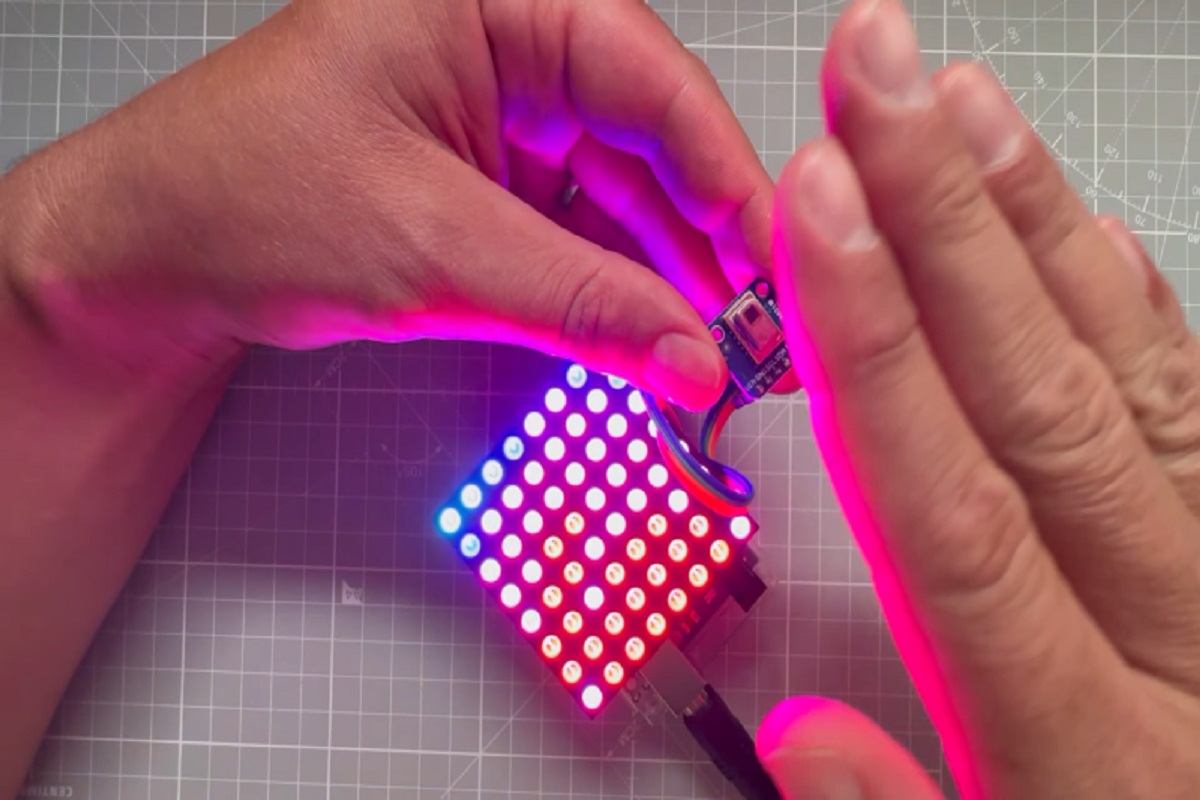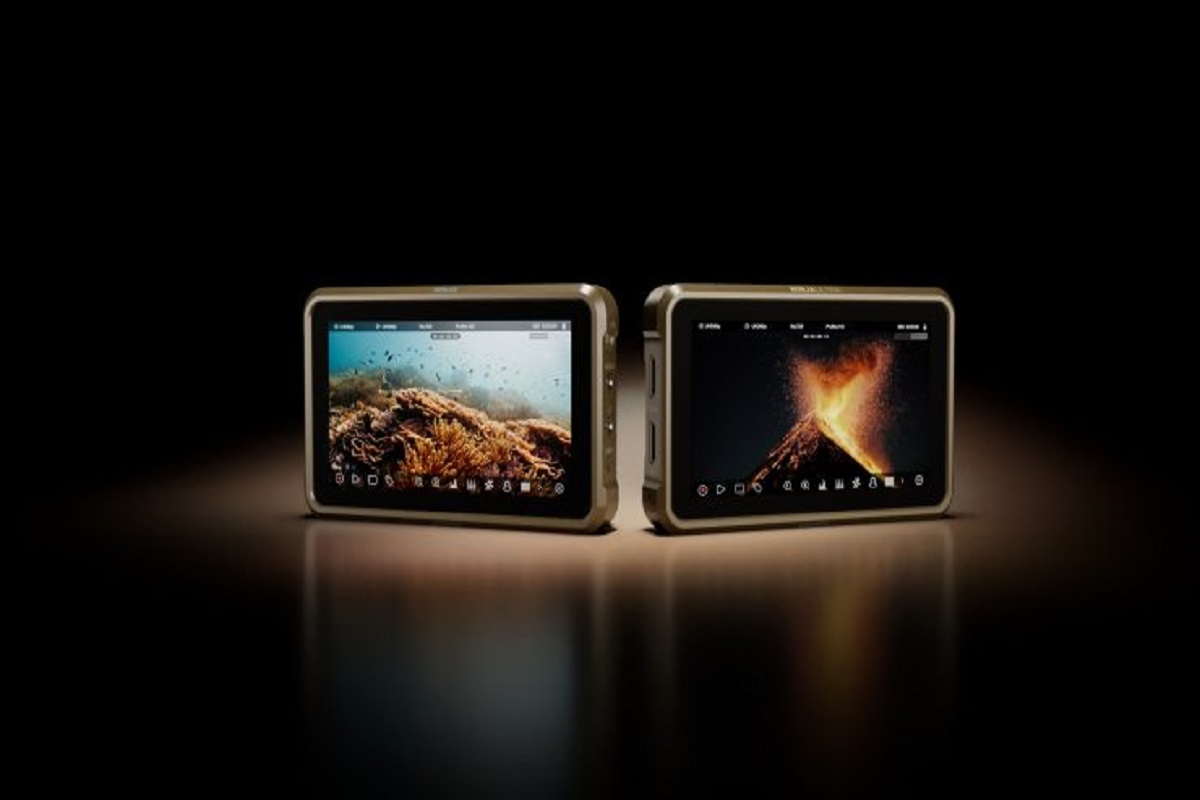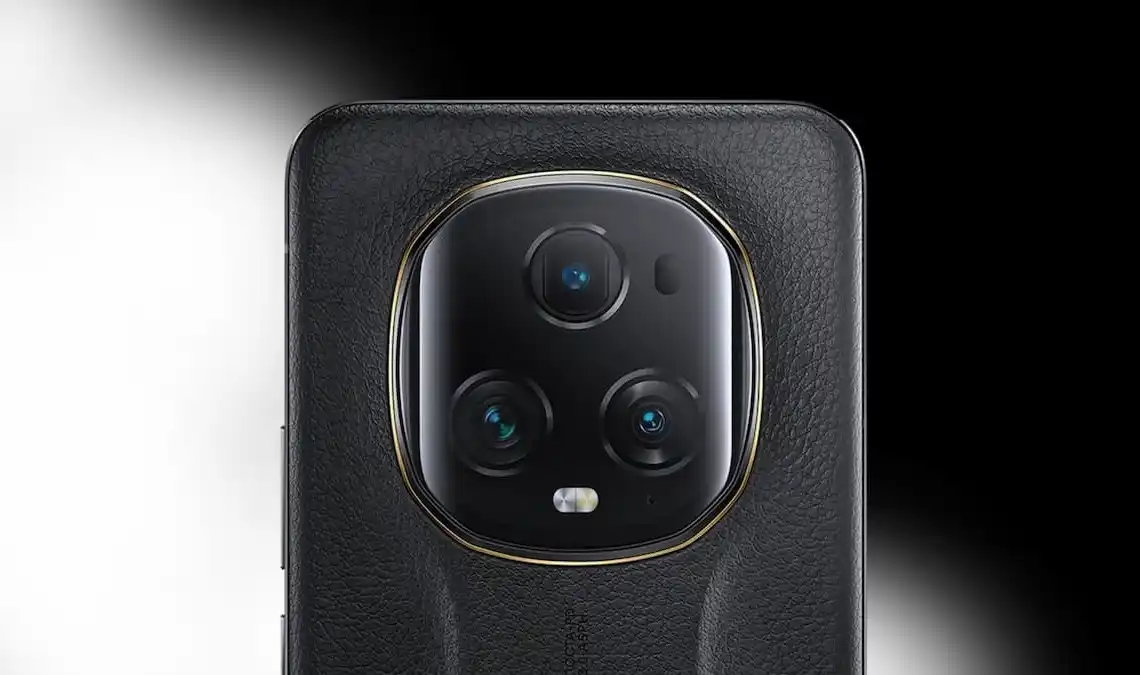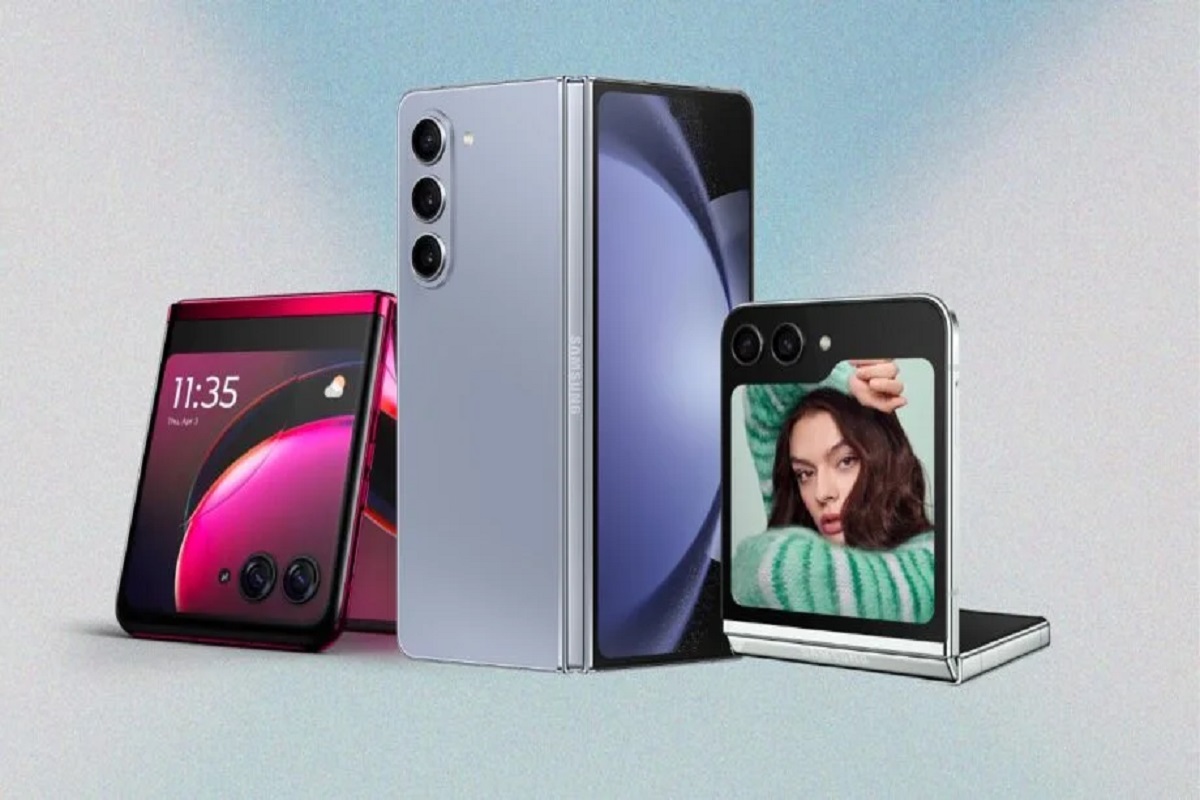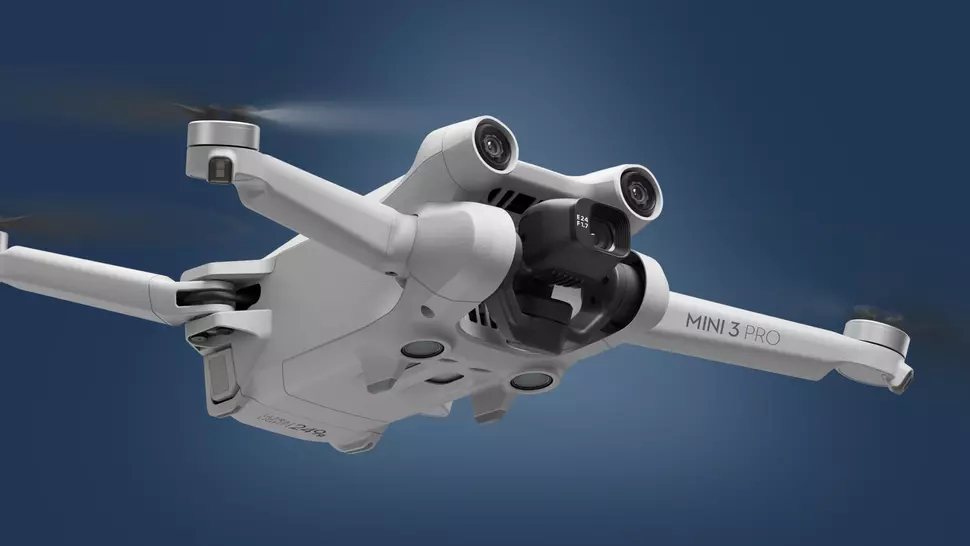Xiaomi is expanding its product range with a new addition that has caught the eye of many – the Mi Home Smart Massage Chair. While Xiaomi is commonly known for its smartphones, the company actually makes a wide variety of items, from phones to robot vacuums and even toothbrushes. Recently, they introduced a robot dog called CyberDog 2, and now they’ve unveiled the Mi Home Smart Massage Chair, priced at 6999 yuan. This chair is designed to help you relax and de-stress, offering a host of impressive features at an attractive price point.
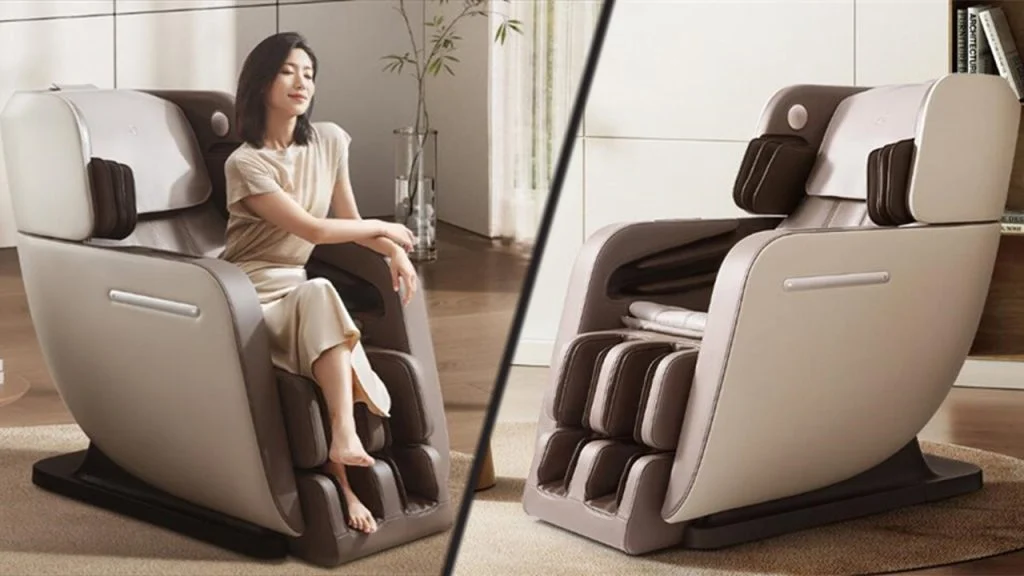
Xiaomi isn’t entirely new to the world of massage devices. In 2021, they launched a massage gun, dipping their toes into this area for the first time. Now, they’ve taken it up a notch with the Mi Home Smart Massage Chair, which is creating quite a buzz due to its remarkable features and the affordable price of 6999 yuan.
What does this smart massage chair bring to the table? Well, quite a lot, actually:
1. Preset Modes: There are four preset modes ready to use, making it simple for you to get started.
2. App Choices: If you’re using the Mi Home app, you’ll have access to five unique modes that are specifically selected for app users.
3. Cloud Delights: For some variety, there are six cloud-based modes that you can explore.
4. DIY Fun: If you’re feeling a bit adventurous, you can dive into three modes that allow you to customize your massage experience and play masseuse.
But what sets this massage chair apart is its intuitive nature. Thanks to advanced pressure sensing technology and Hall shoulder detection, the chair effectively maps your body, ensuring that the massage hits all the right spots. It’s almost like having a pair of expert hands that know exactly where to apply pressure and how much. This personalized touch is what makes the Mi Home Smart Massage Chair truly special.
And if you thought a two-handed massage was soothing, imagine experiencing a four-handed massage. The chair achieves this sensation through its unique V-shaped core structure. You’ll also have the freedom to choose from six different massage techniques, allowing you to adjust the strength and speed to match your preferences. Sometimes, simplicity is key when all you want is to unwind, which is why Xiaomi has integrated voice commands via the Xiao Ai assistant, enabling you to control the chair effortlessly.
For those who prefer a hands-on approach, the Mi Home app and a wireless remote control are at your disposal. The chair even supports NFC touch connection and smart user recognition, adding a touch of luxury and advanced technology to your relaxation routine.
The Mi Home Smart Massage Chair from Xiaomi is more than just a piece of furniture. It’s a thoughtful and advanced creation that aims to provide you with the ultimate relaxation experience. Whether you’re using the preset modes, exploring customized options, or enjoying the luxury of voice commands, this massage chair combines technology and comfort in a seamless and impressive manner.
